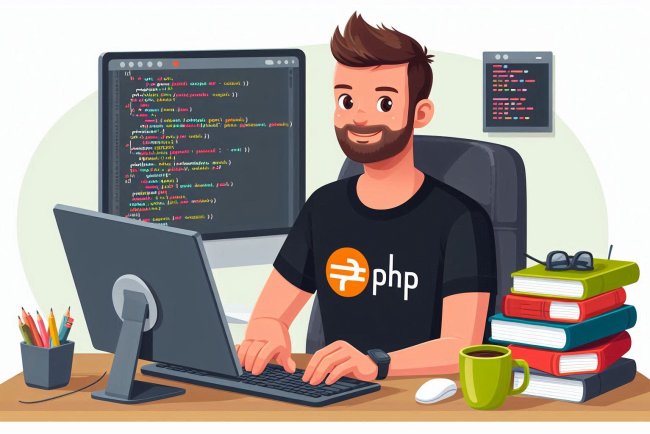Use cases for free school ERP software
Explore the various use cases of free school ERP software for efficient management of student data, attendance tracking, communication, and more.

Use Cases for Free School ERP Software
Schools, colleges, and educational institutions can benefit greatly from implementing a Free School ERP Software. This software helps in streamlining various processes, improving efficiency, and enhancing communication among students, teachers, parents, and administrators. Below are some key use cases for Free School ERP Software:
1. Student Management
One of the primary use cases of Free School ERP Software is student management. This includes managing student information, admissions, attendance, grades, and disciplinary records. The software allows administrators to easily track the progress of each student and generate reports to analyze their performance.
2. Teacher Management
Free School ERP Software also helps in managing teacher information, schedules, attendance, and performance evaluation. It enables administrators to assign classes, subjects, and responsibilities to teachers efficiently. Teachers can also use the software to communicate with students, parents, and colleagues.
3. Parent Portal
With a Parent Portal feature, Free School ERP Software allows parents to stay informed about their child's academic progress, attendance, assignments, and school events. Parents can communicate with teachers, view report cards, and receive notifications about important updates from the school.
4. Attendance Management
Automating attendance management is another important use case for Free School ERP Software. The software can track student and teacher attendance, generate attendance reports, and send automated alerts to parents in case of absences. This helps in improving accountability and reducing manual errors.
5. Fee Management
Free School ERP Software simplifies fee management by allowing administrators to track fee payments, generate invoices, and send reminders to parents. The software can also generate financial reports to provide insights into the school's revenue and expenses.
6. Timetable Management
Creating and managing timetables for classes, exams, and extracurricular activities can be a complex task for schools. Free School ERP Software automates timetable management, making it easy to schedule classes, allocate teachers, and avoid conflicts in the timetable.
7. Library Management
Libraries in educational institutions can benefit from Free School ERP Software for managing their collection, circulation, and cataloging. The software allows librarians to keep track of books, issue and return books, and generate reports on library usage.
8. Communication Management
Effective communication is essential in schools, and Free School ERP Software facilitates communication among students, teachers, parents, and administrators. The software includes features such as messaging, notifications, forums, and announcements to ensure seamless communication within the school community.
9. Examination Management
Managing examinations, grading, and result processing can be time-consuming tasks for schools. Free School ERP Software streamlines examination management by allowing administrators to create exam schedules, input grades, and generate report cards. It also provides students with access to their exam results online.
10. Data Security and Privacy
Protecting sensitive student and school data is crucial for educational institutions. Free School ERP Software includes robust security features to ensure data privacy and compliance with regulations such as GDPR. The software encrypts data, restricts access to authorized users, and provides backup and recovery options.
11. Mobile Accessibility
Free School ERP Software often comes with mobile applications or responsive web interfaces, allowing users to access the software anytime, anywhere. This mobile accessibility enables students, teachers, and parents to stay connected and informed about school activities on their smartphones or tablets.
12. Customization and Scalability
Each educational institution has unique requirements, and Free School ERP Software offers customization options to tailor the software to the specific needs of the school. The software is also scalable, allowing schools to add new features or expand the user base as the institution grows.
What's Your Reaction?

















